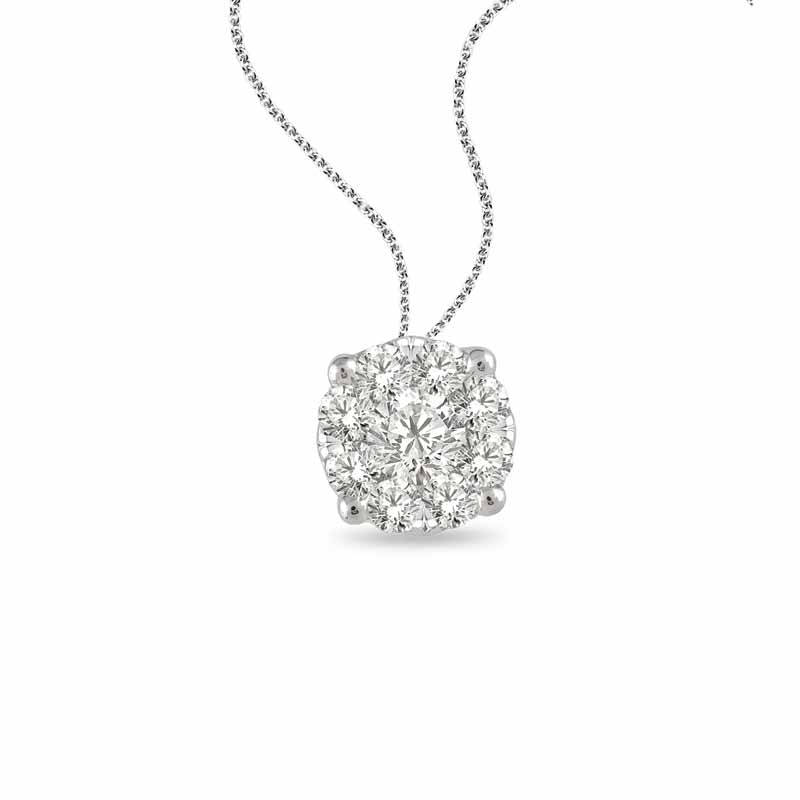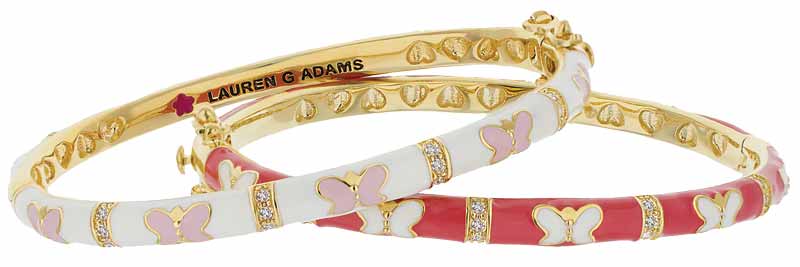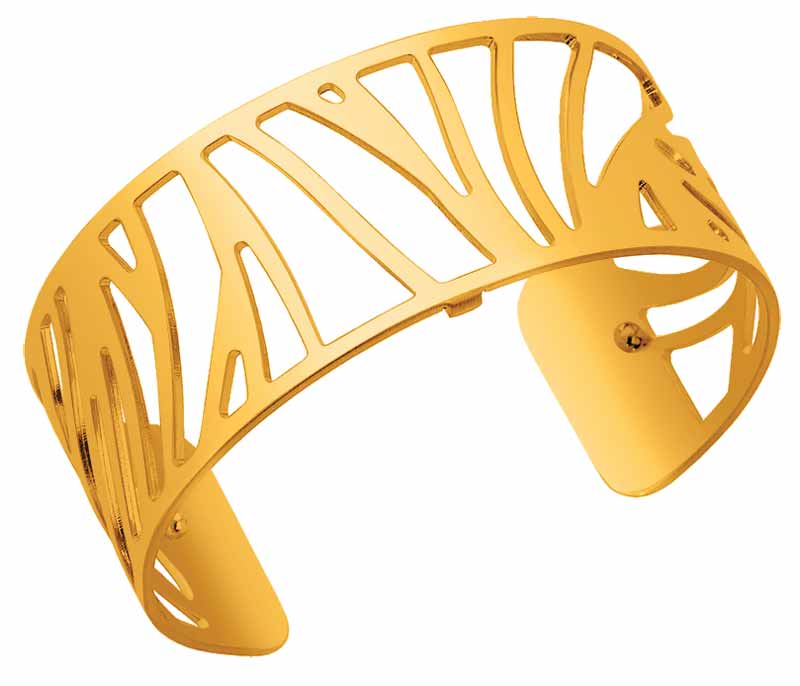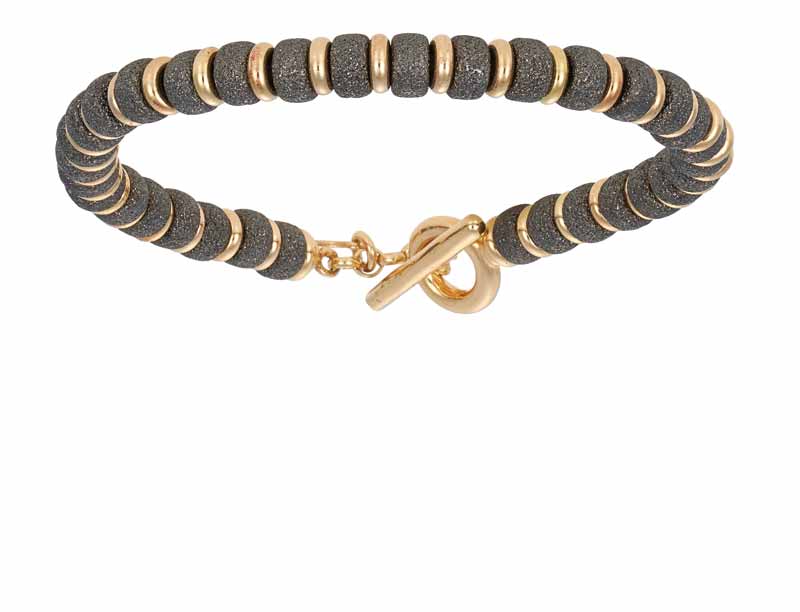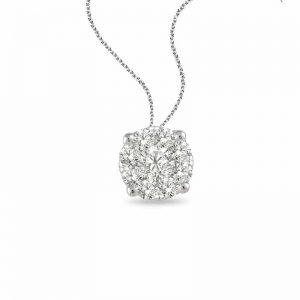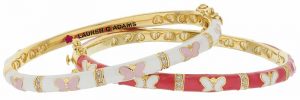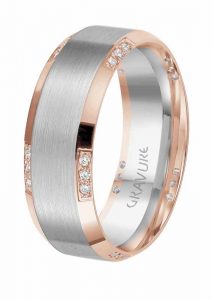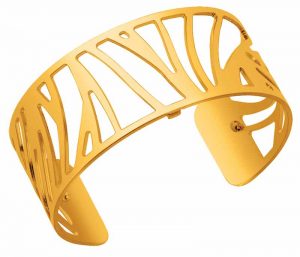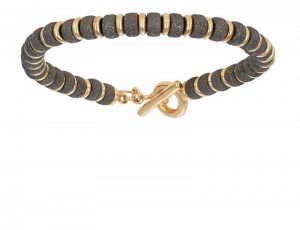Next-generation customers were also top of mind at the summer shows, particularly in light of recent shake-ups such as De Beers’ decision to offer low-priced synthetic diamonds.
“I think we might have witnessed a tipping point when it comes to the Canadian jewellery market. Jewellers should start re-evaluating exactly how they’re going to move their businesses forward,” says Hemdeep Patel, CEO of CreativeCADworks and an exhibitor at CJExpos Toronto. “We’re not at a point where you can disavow lab-grown. Jewellers in Canada need to be extremely aware millennials will be looking at options when they buy diamonds, and this has to be considered as a valid possibility.”
So, does this development spell doom for natural diamonds? Not at all, says Karen Howard, chair of the Canadian Gemmological Association’s (CGA’s) executive committee.
“I believe with the introduction of De Beers into the synthetic diamond market, there will be a reduction in the price of synthetics, but will it destroy the natural diamond market? No,” she says. “Natural diamonds will always be coveted above synthetic, just like a natural ruby is wanted over synthetic ruby.”
However, the diamond market isn’t the only sector facing disruptive shifts. The pace at which the industry moves as a whole is picking up, according to Kingsmen CEO Leonard Isayev.
“Because of the millennial world, unless you have a super long-term strategy, you’re seeing brands come in for maybe six years now instead of 30 years,” he says. “Also, trends where the bestseller would be the best for three to six years are now down to three to six months.”
Change is certainly in the air, and not just when it comes to trends. News of Swatch Group’s departure from Baselworld has much of the industry reconsidering the role of trade shows, with several exhibitors noting dwindling show sizes this summer. However, this may not necessarily translate to dwindling relevance, says Anita Agrawal, CEO of Best Bargains.
“Many of our clients live in smaller cities all over the country. The Canadian shows are where they do their buying for the year, and it’s important they can see the products in person,” she says. “While the shows are getting smaller, many clients find the deals are still best at the local level.”
Patel seconds this, noting trade shows might find a better foothold if they focus on connecting local dealers rather than national.
“A lot of national vendors already have clients in place, so the sales they do at trade shows are sales they likely would have gotten anyway,” he says. “And does it really make a lot of sense to spend upward of $10,000 to be at a show only to generate the exact same sales you would have gotten regardless?”
Rajesh Jain, owner of Samsara Creations, warns success often depends on which shows you attend, with the ever-present problem of cost becoming more prominent at larger events such as Baselworld and JCK Las Vegas.
“I think relatively smaller shows like the Canadian Jewellery Group (CJG) buying show, where the costs are less and the retailers are loyal, are more successful models for the other shows to follow,” he says.
Adom Knadjian, president of B & S (Canada), agrees.
“There are simply too many shows around the world, and personally I don’t see the need for so many for our industry,” he says. “Buying group shows like CJG are focused, private shows, which I believe are relevant and important. There are major international shows that should continue to attract exhibitors and buyers, but regional and other shows should be downsized.”


